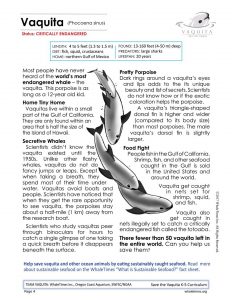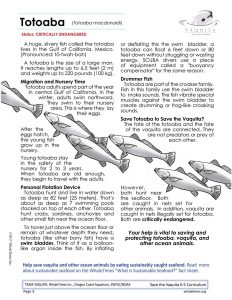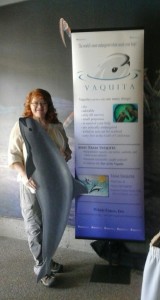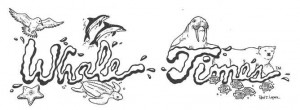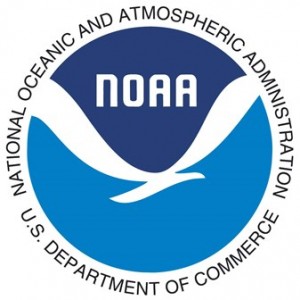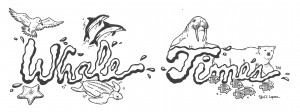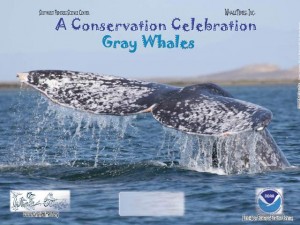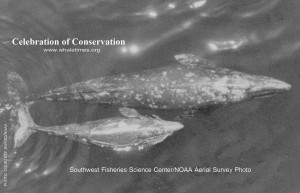Since it is Save the Vaquita Month, we thought we’d share this news with you.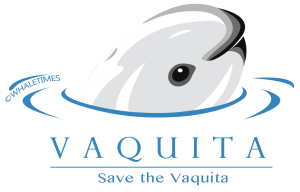
Press Release from The Intercultural Center for the Study of Deserts and Oceans (CEDO) “Healthy Ecosystems AND Vibrant Communities”
On February 27, 2018, in Hermosillo, Sonora, MX, the Intercultural Center for Desert and Ocean Studies (CEDO) and fisheries authorities from the Mexican National Commission of Agriculture and Fisheries (CONAPESCA) and National Institution for Fisheries and Aquaculture (INAPESCA) met with Sonoran fishermen to seal their commitment to fishing sustainably in a region known as the “Puerto Peñasco to Puerto Lobos Biological and Fisheries Corridor.” This is a leap forward for the conservation of natural resources and ecosystem services in the upper Gulf of California, which has been infamous for the inter-sector challenges and conflicts associated with preventing the extinction of the vaquita marina (Phocoena sinus) and lucrative, illegal fishery for the endangered totoaba, of which the vaquita is collateral damage. Without ignoring this difficult situation, CEDO has moved its focus towards an area that years ago reached out for help in order to establish an ordered, equitable and sustainable artisanal fishing industry.
Participants at the meeting included municipal, state, and federal government officials, environmental and academic organizations, and artisanal fishermen representing six fishing communities including Puerto Penasco, Bahia San Jorge, Santo Tomas, Desemboque, and Puerto Lobos. All parties agreed to formalize the Corridor as a special area for the integrated management of coastal fisheries and the habitats that sustain them.
Tens of thousands of artisanal fishermen depend on the highly productive waters of the Corridor ecosystem, which sustains more than 50 commercial species, including crab, snail, elasmobranchs, and scale fish. For the past three years these communities have been compiling, analyzing and building consensus for establishing a network of Fisheries Refuge Zones, community-based management areas, catch-quotas, and permits that strengthen fishing rights and keep extraction at sustainable levels. It is now clearer than ever to the fishermen of the Corridor that sustainable and resilient fisheries require a healthy and productive environment.
CEDO, a Tucson and Puerto Peñasco based environmental non-profit organization, working in the region for the past 38 years, has succeeded in engaging small scale fishermen with scientists and decision-makers in order to find reasonable solutions to the complex problems that surround this chaotic industry. In contrast to the top-down approach taken in the upper northern Gulf to prevent vaquita mortality, the Corridor Program focuses on buffering the primary economic activity currently sustaining local communities: Fishing.
The Corridor Program builds on fishermen’s experiential knowledge, fine-scale ecosystem and species-specific data that fishermen have helped to collect, and good relationships among different sectors, to facilitate a transparent and participatory process known as Coastal-Marine Spatial Planning. In the near future, CEDO hopes to bring other stakeholders into this framework to reduce future conflicts and maintain high standards of environmental and community well-being. CEDO also aims to create clear market incentives that reward fishermen who work according to best management practices, bringing sustainable seafood to communities like Tucson where it is in high demand.
For more information, visit CEDO at cedointercultural.org
Saving vaquita and other ocean animals is also up to you. Be vocal about protecting these animals, raise awareness of the horrible effects of black market/illegal fisheries, and where you can have the biggest impact is to demand sustainable seafood when you buy or eat seafood. To learn more, check out our What is Sustainability fact sheet.
